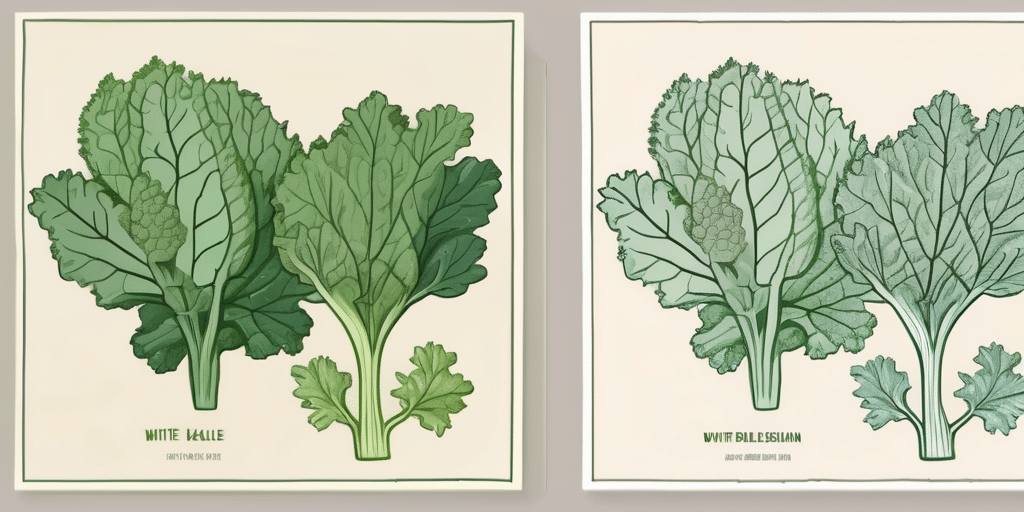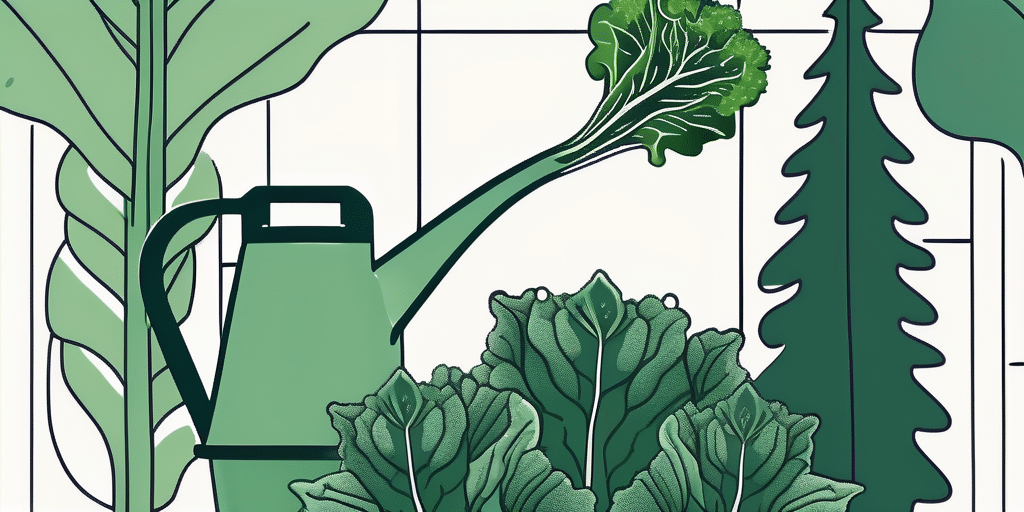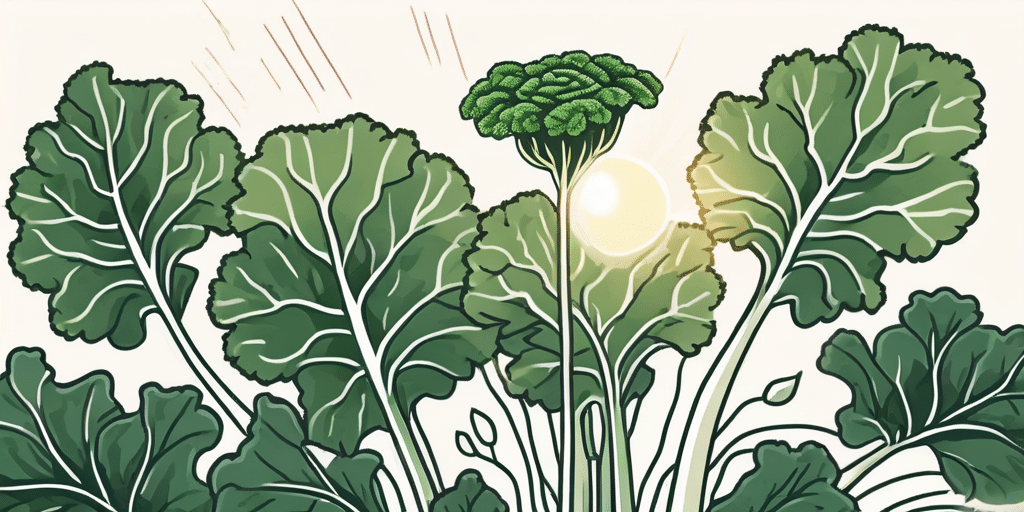Kale is a nutrient-rich, leafy green vegetable that is easy to grow in your own garden. White Russian Kale, in particular, is a variety known for its sweet flavor and tender leaves. Growing this variety from seeds is a rewarding endeavor that can provide you with a steady supply of this superfood. In this guide, we will walk you through the process of growing White Russian Kale from seeds, step by step.
Understanding White Russian Kale
Before we dive into the planting process, it’s important to understand what makes White Russian Kale unique. This variety of kale, also known as Brassica napus, is a type of Siberian kale. It’s known for its sweet, mild flavor and its resistance to pests and diseases. It’s also highly tolerant of cold weather, making it a great choice for gardeners in cooler climates.
According to the USDA, kale is packed with vitamins A, C, and K, as well as fiber, calcium, and other minerals. It’s a versatile vegetable that can be used in a variety of dishes, from salads and smoothies to stir-fries and soups.
Getting Started with Planting
Now that we’ve covered the basics of White Russian Kale, let’s get into the planting process. Here’s a step-by-step guide to help you get started.
Step 1: Choosing Your Seeds
When choosing your seeds, look for certified organic seeds from a reputable supplier. This ensures that your seeds are free from harmful chemicals and have been harvested from healthy, high-quality plants.
White Russian Kale seeds are typically small and round, with a dark, almost black color. They should be stored in a cool, dry place until you’re ready to plant them.
Step 2: Preparing Your Soil
Kale prefers well-drained, fertile soil with a pH between 6.0 and 7.0. Before planting, prepare your soil by adding compost or a slow-release fertilizer. This will provide your kale plants with the nutrients they need to grow.
According to the Purdue University Extension, it’s also a good idea to test your soil before planting. This can help you determine if any adjustments need to be made to the pH or nutrient levels.
Step 3: Planting Your Seeds
- Begin by sowing your seeds directly into the soil. Plant them about 1/2 inch deep and 12 to 18 inches apart. This gives each plant plenty of room to grow.
- Water the soil thoroughly after planting. Keep the soil consistently moist, but not waterlogged.
- White Russian Kale seeds typically germinate within 5 to 8 days. Once your seedlings have emerged, thin them to about 8 to 12 inches apart.
Caring for Your White Russian Kale
Once your kale plants are established, they require minimal care. However, there are a few key things to keep in mind to ensure a healthy, productive crop.
Watering
Kale plants prefer consistently moist soil. Water your plants regularly, especially during dry spells. However, be careful not to overwater, as this can lead to root rot and other problems.
According to the Oregon State University Extension, a good rule of thumb is to water your kale plants about 1 to 1.5 inches per week. This includes rainfall.
Fertilizing
While kale is a relatively low-maintenance plant, it does benefit from regular fertilization. Apply a balanced, slow-release fertilizer to your soil every 4 to 6 weeks. This will help ensure that your kale plants have the nutrients they need to thrive.
The University of Minnesota Extension recommends using a fertilizer with a ratio of 10-10-10 or 14-14-14. This means it contains equal parts nitrogen, phosphorus, and potassium, which are all essential nutrients for plant growth.
Pest and Disease Management
White Russian Kale is generally resistant to pests and diseases. However, it can sometimes be affected by aphids, cabbage worms, and other common garden pests. Regularly inspect your plants for signs of damage and treat any issues promptly.
If you notice any signs of disease, such as yellowing leaves or black spots, it’s important to take action immediately. The Iowa State University Extension recommends removing and disposing of any diseased plants to prevent the disease from spreading.
Harvesting Your White Russian Kale
One of the great things about growing kale is that you can start harvesting as soon as the leaves are large enough to eat. For White Russian Kale, this is typically when the leaves are about 8 to 10 inches long.
To harvest, simply cut the outer leaves at the base of the plant, leaving the center leaves to continue growing. This allows you to harvest from the same plant multiple times throughout the growing season.
According to the University of Minnesota Extension, kale can be harvested up until the first hard frost. In fact, a light frost can actually improve the flavor of kale, making it sweeter.
Conclusion
Growing White Russian Kale from seeds is a rewarding process that can provide you with a steady supply of this nutritious, versatile vegetable. With a little bit of preparation and care, you can enjoy a bountiful harvest from your own backyard.
Whether you’re a seasoned gardener or a beginner, we hope this guide has provided you with the information you need to successfully grow White Russian Kale from seeds. Happy gardening!
Join Our Gardening Community
Ready to take your gardening skills to the next level? Subscribe for free to How to Grow Everything and learn how to build the garden of your dreams! Receive personalized gardening advice tailored to your location, grow zone, and experience. Enjoy the best gardening tips, special offers, and deals delivered straight to your inbox. It’s 100% free, with no spam, just valuable information from our family to yours. Start growing your White Russian Kale and much more today!






